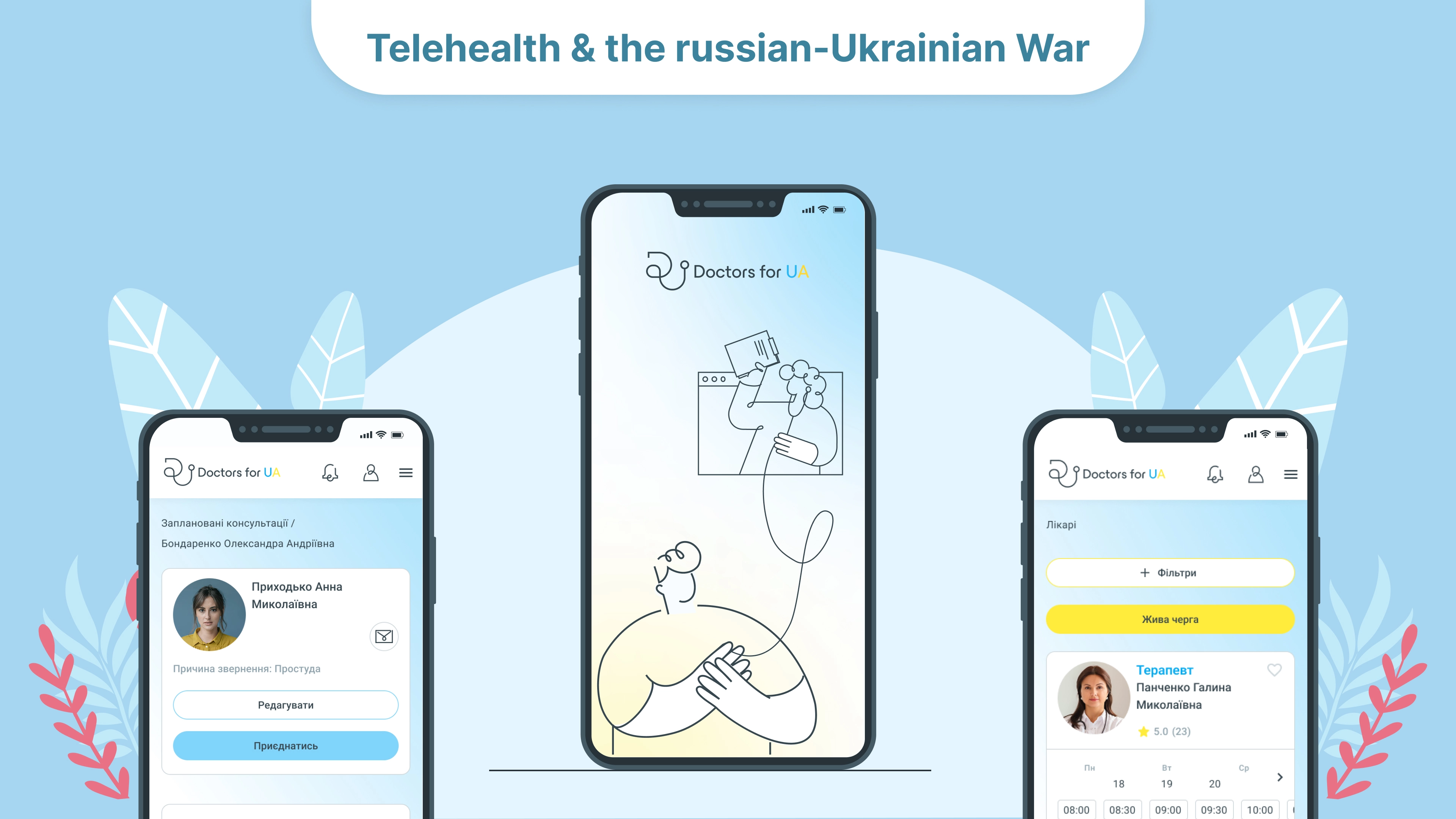

Telehealth: The New Normal?
For the last several years, due to widespread lockdowns aimed at reducing the risk of COVID-19 transmission, medical clinics worldwide faced the challenge of providing patient care while preventing the spread of diseases. Telehealth emerged as a practical solution for numerous healthcare practices, as it facilitated remote interactions between healthcare providers and patients, ensuring effective care from a distance. However, as we move past the COVID-19 pandemic, many within the healthcare sector are contemplating the future trajectory of telehealth. This article delves into those concerns and explains the pros and cons of telehealth in a post-COVID world.
The Evolution of Telehealth: From Concept to Reality
Telehealth has been around longer than we might think. The whole story began back in the late 19th century with the invention of the telephone — as more people installed phone lines in their homes, access to healthcare providers greatly expanded.
Until the end of the 19th century, the “doctor-patient” communication looked like that: you had to send someone to a specialist to bring him home or visit his office yourself. As you understand, the process wasn’t the fastest one, and it didn’t have significant efficiency due to regular delays in treatment and complications that had enough time to appear before professional medical assistance. However, everything changed when telephones became widespread. And starting in 1948, doctors began using telephones to send radiological images to specialists — it’s one of the first examples of data sharing in healthcare.
In 1993, the American Telemedicine Association (ATA) was formed to promote the widespread adoption of telehealth practices in the industry. The group now includes more than 400 member organizations and is focused on promoting policies, providing useful education and resources, and advocating for the technology benefits.
The outbreak of the COVID-19 pandemic in the early 2020s, combined with the widespread use of computers and mobile devices, brought telehealth to the forefront of the healthcare industry, where it still holds pride of place.
When Telehealth Meets the Pandemic
When COVID-19 hit and caused widespread lockdowns, the healthcare system had to find new ways to help people. Some patients couldn’t go to their appointments because there were too many sick people, and others were scared of catching the virus if they went to the doctor’s office.
But there was a solution: using the Internet and phones to talk to doctors. Before March 2020, not many people had video appointments, and doctors usually just called patients to talk about test results or check how they were doing. But in that month, the number of video appointments went up by 154%, and most people wanted help with COVID-19 problems.
Because so many people were using telehealth, the American government changed the rules for how doctors get paid. This meant that doctors could get paid the same amount as usual for telehealth appointments, even if the patients didn’t have COVID-19. Other important changes were:
patients could have telehealth appointments at home;
patients could talk to any doctor online, even if they never met before;
doctors from one state could help patients in other states;
doctors could make the appointments cheaper or free.
We don’t know yet if these changes will stay forever. But one thing is certain: in the post-COVID future, telehealth will be about making sure all patients can get good care whenever they need it.
Benefits: Is It A Win-Win for All?
Both patients and healthcare providers can get advantages from using telehealth systems. Here are some of the good things about it:
Care without Interruption: Even during emergencies like the COVID-19 pandemic, telehealth lets patients and providers keep giving regular care.
Staying Safe: For appointments that aren’t urgent, check-ups, and other services, telehealth lowers the chance of spreading contagious illnesses.
Flexible Timing: Doctors can adjust their schedules more easily to help patients who can’t come in during regular office hours.
Easy for You: With telehealth, patients can get care from anywhere with a good Internet connection. You also don’t have to wait in busy waiting rooms to see a doctor, which makes the patient experience better.
More Access to Care: People who can’t travel because of health issues or transportation problems can see their doctors without leaving their houses.
Less Worry About Being Judged: Sadly, some people don’t get help because they’re afraid of being judged. Many folks avoid getting help for mental health problems because they worry about what others will think. Telehealth lets patients get care privately at home. It also helps people in areas with few mental health services.
More People Are Using It: According to the J.D. Power 2022 U.S. Telehealth Satisfaction Study, a growing majority of consumers now say they prefer telehealth over in-person visits for a wide range of routine care, including prescription refills, reviews of medication options and to discuss medical results. And almost all — 94% — of telehealth users say they would use healthcare technology to receive medical services in the future.
More Money: Telehealth programs create more chances to make money. Doctors can have longer office hours, help more people who need care, and have fewer appointments canceled.
Drawbacks of Telehealth
Since each medical practice is unique, not all of these points might apply to everyone. But, it’s a good idea to speak about these potential drawbacks. So here are some possible problems with using telehealth:
Uneven Availability of Technology: it especially concerns communities that don’t have enough resources. Some people don’t have good Internet access or the right gadgets to take part in online appointments.
Not Covered Everywhere: While many insurance companies now include telehealth visits, some still only pay for in-person visits. This means some patients might not be able to use telehealth services.
Keeping Data Safe: Just like any digital system, telehealth programs need to be careful about keeping patient information safe.
Hard-to-Check Patients: During telehealth visits, doctors depend on patients to explain their symptoms and problems. But sometimes, patients might forget or choose not to share things that they would during an in-person visit. This could affect the treatment they get.
Licensing Issues: Speaking about the US, the rules for who can provide medical care are different in each state. So, some doctors might not be allowed to treat patients who live in other parts of the country.
Telehealth’s Continued Evolution
As more healthcare providers embrace telehealth, and software companies work on creating new systems to meet the growing demand, several crucial developments are shaping the future of this field.
Changes in Regulations: Emergency regulations that were put in place due to the pandemic may eventually expire, leading to adjustments in the rules surrounding telehealth. These changes will likely happen over the next few years to better accommodate the evolving landscape.
Improving User Experience: User-friendly telehealth platforms can help break down technological barriers that some patients face, making it easier for them to access care even if they aren’t tech-savvy.
Enhancing Quality of Care: While the general response to telehealth has been positive, some providers remain unsure about its effectiveness compared to in-person care. The success of telehealth depends on how it’s used — certain types of care, like surgery, might not be suitable for remote delivery. In the field of mental health, practitioners have found that combining telehealth with in-person sessions can benefit many patients. For instance, virtual therapy sessions can be particularly helpful for children and teenagers who feel more comfortable receiving care via video calls in their familiar environment.
Integrated Data Sharing: This approach consolidates patient data from various sources, providing a comprehensive view of their health. For instance, many telehealth apps now integrate with popular fitness trackers to collect data on patients’ activity levels, sleep patterns, heart rates, and more.
Wearable Technology & Patient Monitoring: By allowing patients to share their wearable data with healthcare providers, a more complete picture of their lifestyle can be obtained. This enables physicians to make more accurate diagnoses and suggest more effective treatments. Remote monitoring is especially beneficial for individuals with chronic conditions like diabetes, arthritis, and heart disease. Providers can track patient data, offer guidance, and adjust treatment plans through messaging features, ensuring patients follow their prescribed regimens.
Telehealth & the russian-Ukrainian War

Since the beginning of the war in Ukraine, telemedicine has become the main way to receive medical services here, and it remains relevant in the current difficult Ukrainian realities. Many Ukrainians, especially in the frontline, occupied, and de-occupied territories, don’t have access to qualified medical care in an offline format due to the dysfunctional state of medical facilities or the fear of coming under fire. So telemedical consultations come to the rescue.
In the first days of the war, our company created an accessible social telemedicine platform named Doctors4UA. We have gathered doctors from all over the world who provide free consultations on any medical issues for Ukrainians who can’t physically visit a doctor. Since its existence, Doctors4UA has helped thousands of patients — and continues to do so every day: we’re constantly working on improving it and expanding its capabilities. You can read more about the platform here.
Final Word
Telehealth has gone beyond being a new idea and is now a really important part of healthcare. Its amazing journey from something different to something usual shows how technology can change our lives. As telehealth keeps getting better, it will offer easy, affordable, and good healthcare to people all over the world.
Faq
What is telehealth and why is it considered the new normal in healthcare?
+Telehealth refers to the remote delivery of healthcare services and medical information using telecommunications technology, such as video calls, digital platforms, etc. It is considered the new normal in healthcare due to its ability to provide convenient access to medical consultations, monitoring, and support, especially during situations like the COVID-19 pandemic, ensuring safer patient interactions and expanding healthcare access beyond traditional in-person visits. Its adoption helps reduce physical contact, travel burdens and enhances healthcare delivery efficiency while maintaining quality care.
How does telehealth provide virtual care and remote healthcare services?
+Telehealth utilizes digital communication technologies to offer virtual medical consultations and remote healthcare services. Patients can connect with healthcare providers through video calls, phone calls, or secure messaging platforms, enabling diagnosis, treatment recommendations, and medical advice from the comfort of their homes. This approach enhances access to healthcare, especially for individuals in remote or underserved areas, while minimizing the need for in-person visits.
What are the benefits of telehealth for patients and healthcare providers?
+Telehealth offers convenient access to medical services for patients, allowing them to receive care from the comfort of their homes, and reducing travel time and expenses. It also enables healthcare providers to reach a broader patient base, streamline administrative tasks, and facilitate remote monitoring, leading to improved patient outcomes and more efficient healthcare delivery. Additionally, telehealth can enhance access to specialized expertise and reduce the burden on in-person healthcare facilities.
Tell us about your project
Fill out the form or contact us

Tell us about your project
Thank you
Your submission is received and we will contact you soon
Follow us

